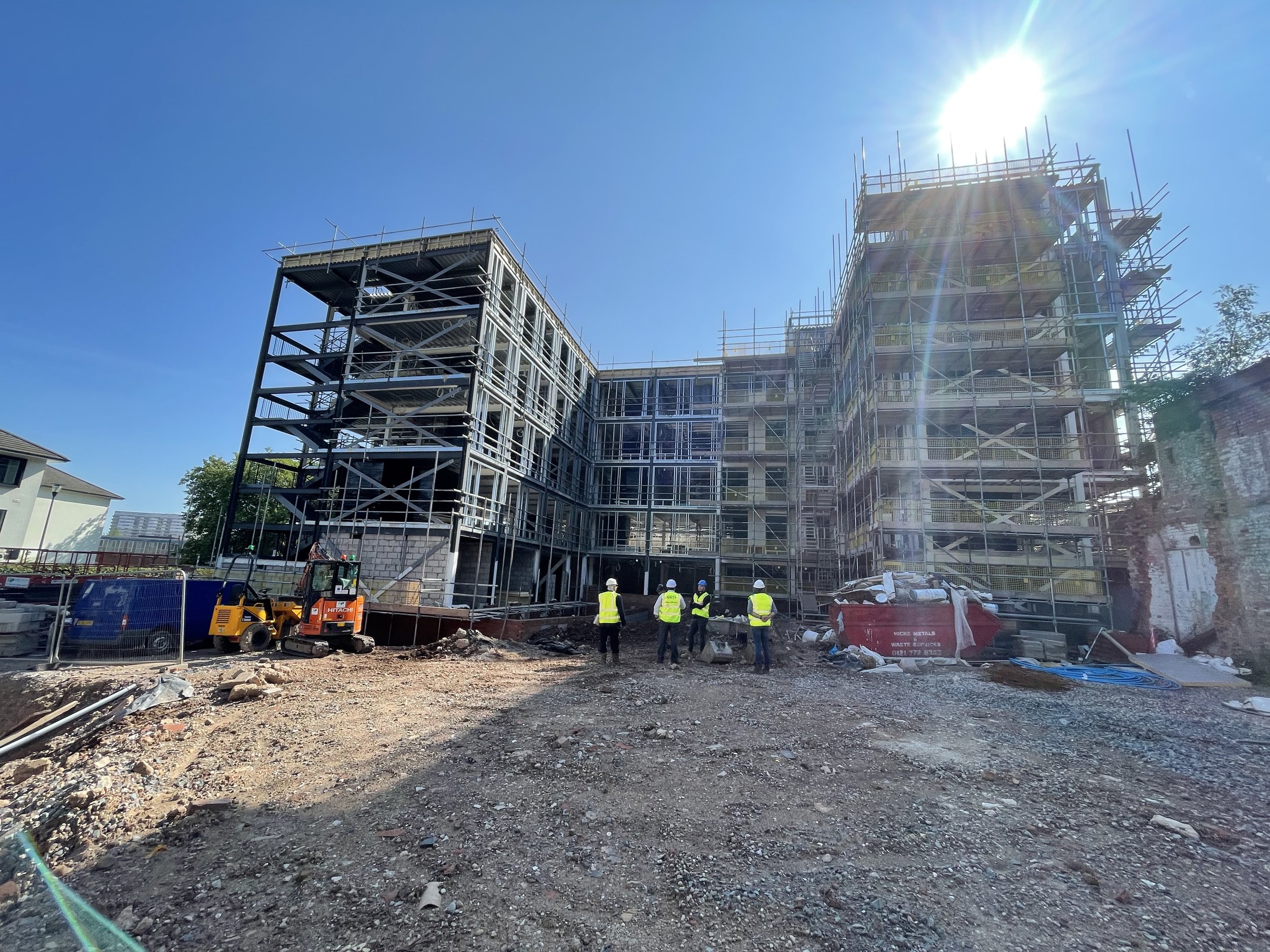Building a Sustainable Future: The Role of Property Development
Building a Sustainable Future: The Imperative of Sustainable Property Development
In an era of increasing environmental awareness, sustainable property development has become a crucial consideration for developers. As stewards of the built environment, property developers have a unique opportunity to create energy-efficient, eco-friendly buildings that contribute to a greener future. In this article, we will explore the importance of sustainable property development, delve into innovative strategies, materials, and technologies, and showcase the positive impact that sustainable practices can have on both the environment and the bottom line.
The Case for Sustainable Property Development
The real estate sector faces significant environmental challenges, including carbon emissions, resource depletion, and waste generation. Sustainable development offers a solution by mitigating these challenges while also providing economic and social benefits. Reduced operating costs, improved tenant satisfaction, and enhanced brand reputation are just some of the advantages of sustainable development. Property developers play a crucial role in addressing climate change and creating resilient and sustainable communities.
Sustainable Design and Construction
Sustainable design principles form the foundation of sustainable property development. Passive design strategies, energy-efficient building envelopes, and renewable energy integration are key considerations. Incorporating green building certifications and standards, such as LEED or BREEAM, ensures that development projects meet rigorous sustainability criteria. Additionally, innovative construction techniques and materials minimize environmental impact, promote energy efficiency, and prioritize occupant well-being.
Water and Resource Management
Efficient water management is essential in sustainable property development. Strategies such as rainwater harvesting, greywater recycling, and low-flow fixtures help conserve this precious resource. Waste management, recycling initiatives, and sustainable landscaping practices contribute to reducing the environmental footprint of development projects. Implementing smart technologies for monitoring and optimizing resource consumption within buildings further enhances sustainability efforts.
Engaging Stakeholders and Educating Tenants
Engaging stakeholders, including investors, contractors, and tenants, is crucial in driving sustainable development initiatives. Collaboration and communication ensure that sustainable practices are integrated into every stage of the development process. Tenant education and awareness programs play a vital role in encouraging sustainable practices within residential and commercial spaces. By empowering tenants with knowledge, property developers can foster a culture of sustainability that extends beyond the building itself.
Conclusion
Sustainable property development is not just an ethical imperative but also a sound business strategy. By incorporating sustainable design principles, utilizing innovative technologies, and engaging stakeholders, property developers can create buildings that minimize environmental impact, conserve resources, and provide healthy and comfortable spaces for occupants. Through their commitment to sustainable development, developers can contribute to a greener future and inspire positive change within the real estate industry. Embracing sustainable practices is not only the right thing to do, but also a pathway to long-term success and resilience in an evolving world.




